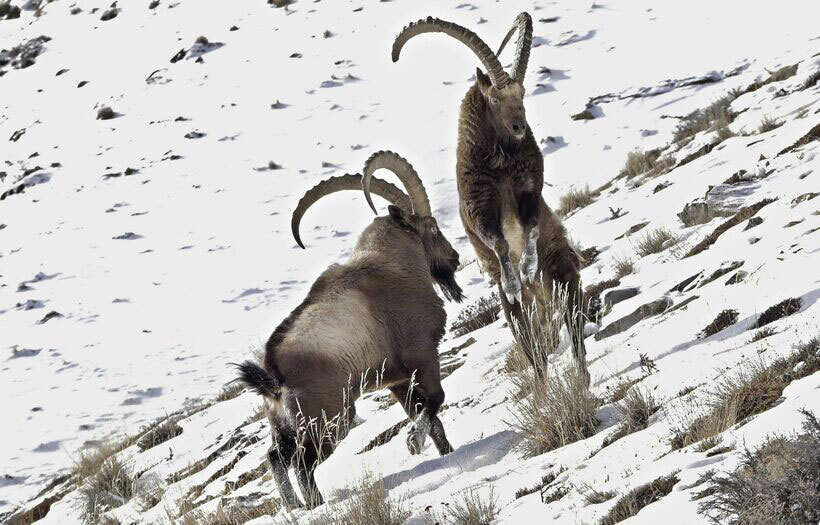The Himalayan ibex (Capra sibirica hemshe) inhabits the steep valleys of Pakistan’s Karakoram and Himalayan ranges. With long, recurved horns and a thick winter coat, it is a striking mountain goat that lives in some of the most rugged terrain on Earth. These ibex congregate on craggy slopes above villages in Gilgit‑Baltistan and Skardu, and their remote habitat and impressive horns make them a highly sought‑after trophy.

Himalayan ibex hunts follow a spot‑and‑stalk approach. Hunting season starts in September and extends into mid‑April, but most hunts begin in mid‑November when animals descend from high summer pastures; December is the peak rut. Communities around Gilgit and Skardu manage hunting areas and guide teams to known ibex haunts. Hunters set off from village camps before dawn, sometimes driving to another mountain to start the climb, then glass for billies and make a foot stalk. Deep snow in March–April can push ibex to lower elevations, offering easier opportunities late in the season.
Pakistan regulates Himalayan ibex hunting through a community‑based trophy hunting programme. Trophy seasons run from 1 November to late April, with December and January considered prime months. Permits are auctioned annually under CITES guidelines, and about 80 % of the revenue goes directly to local communities while 20 % supports the regional wildlife department. There are 47 community‑managed conservation areas, and proceeds fund schools, clinics and infrastructure while incentivising residents to protect wildlife. These regulations, along with quotas for species such as Himalayan ibex, have increased populations and fostered stewardship among local people.
Himalayan ibex hunts occur at elevations around 9 200–11 800 ft; hunters stay in simple guest houses and often walk several miles each day. Local watchers assist in spotting ibex from afar, and villagers participate in guiding, ensuring economic benefits remain within the community. Because ibex horns grow continuously, judging trophy quality from a distance is crucial. Winter storms can make travel hazardous, but they also force ibex into accessible valleys, providing unique late‑season opportunities.
Himalayan Ibex can be found in the following location:
Himalayan Ibex has the following variations:
- (Varieties to be confirmed)
Start Your Adventure



